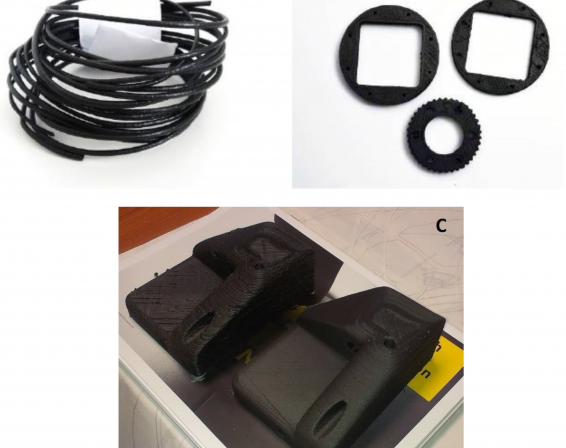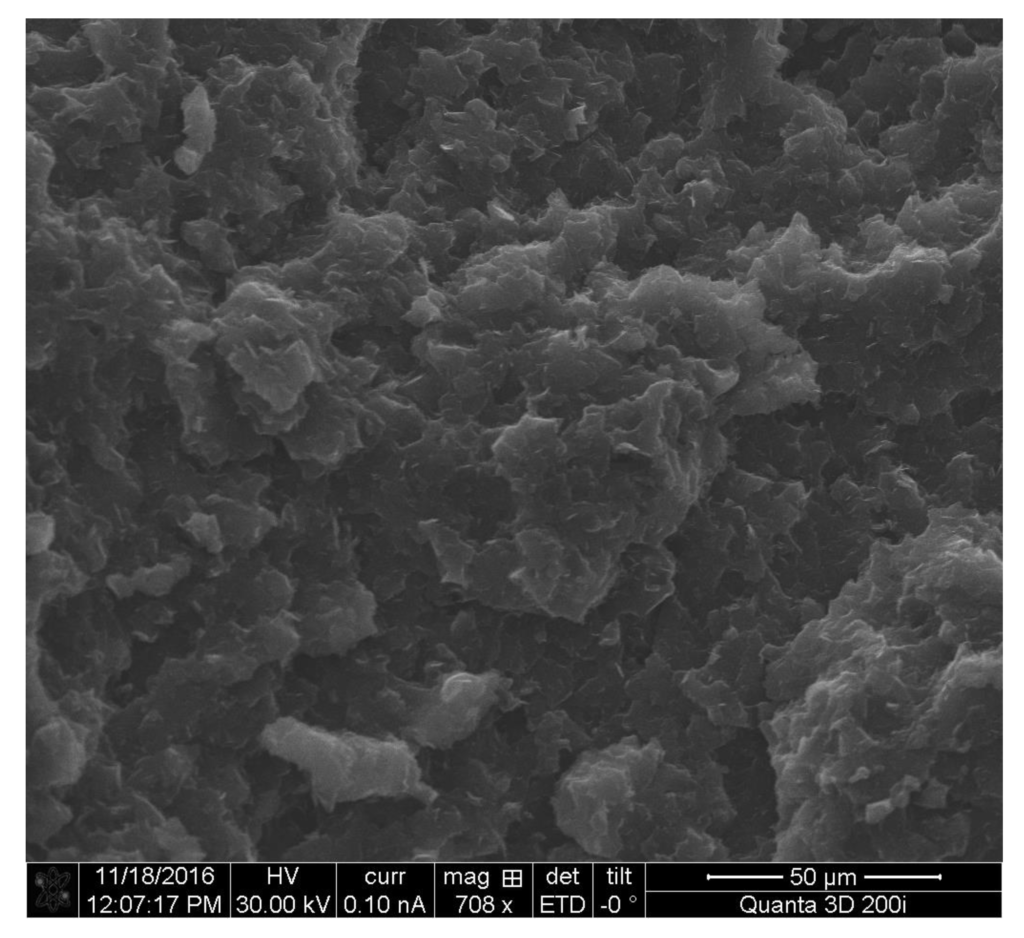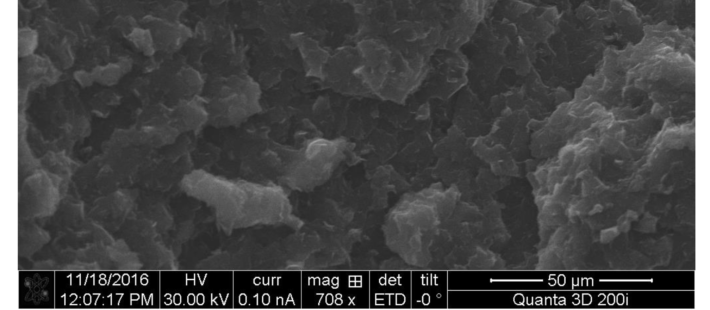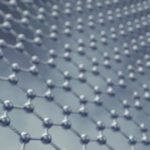Researchers from the Slovak Academy of Sciences and the Slovak University of Technology have developed a set of new, low-cost hybrid materials for FFF (Fused filament fabrication) 3D printing. By reinforcing virgin and recycled PETG filament with expanded graphite, carbon fiber, and combinations of both, the team was able to enhance the mechanical and thermal properties of the neat PETG matrices.

Modified 3D printing filaments
Fillers are often added to thermoplastic filaments to improve strength, thermal properties, conductivity, and even appearance. A large part of material science is simply experimenting with additives, testing the composite material, and repeating until the desired properties are attained. PETG, in particular, is known for its impact resistance, flexibility, and excellent chemical resistance.
Hybrid PETG composites
With the goal of creating a lower-cost PETG hybrid material without sacrificing any of its original properties, the researchers first obtained samples of virgin PETG, recycled PETG, expanded graphite, and carbon fiber. They produced a total of 23 composite material samples, 19 of which were from the virgin PETG and 4 of which were from the recycled PETG. Two samples from each group contained no fillers and served as control samples.
The samples that were reinforced with fillers had various combinations of graphite and carbon fiber, in total weight ratios of up to 10% (always leaving at least 90% PETG). From the material samples, test parts were 3D printed using a Quadron 1001 FFF machine. For each sample, the Young’s modulus, tensile stress at yield, tensile stress at break, and elongation at break were determined using a universal testing machine, among other thermomechanical properties.

The team found that, apart from one sample, every composite material combination they used was suitable for the 3D printing process. The testing revealed that their newly developed filaments were “extremely strong”, with the layers adhering firmly. In particular, the addition of expanded graphite increased the density of the materials, resulting in several enhanced mechanical properties. They also found that the addition of carbon fiber decreased part density while significantly lowering the thermal expansion coefficient of the material. The researchers were able to achieve their goal of creating a lower-cost high-strength composite by opting for the cheaper recycled PETG over the virgin PETG.

Further details of the study can be found in the paper titled ‘Novel Hybrid PETG Composites for 3D Printing’, Applied Sciences, April 2020. It is co-authored by Mária Kováčová, Jana Kozakovičová, Michal Procházka, Ivica Janigová, Marek Vysopal, Ivona Černičková, Jozef Krajčovič, and Zdenko Špitalský.
Information source: www.sav.sk; www.stuba.sk; www.3dprintingindustry.com












